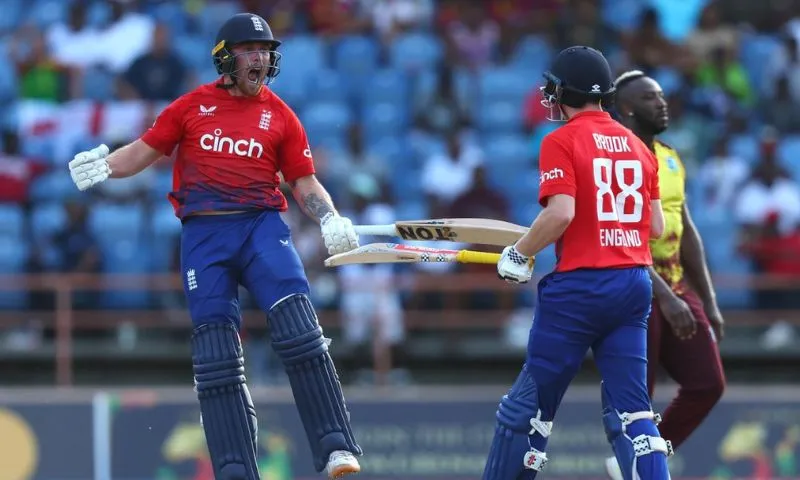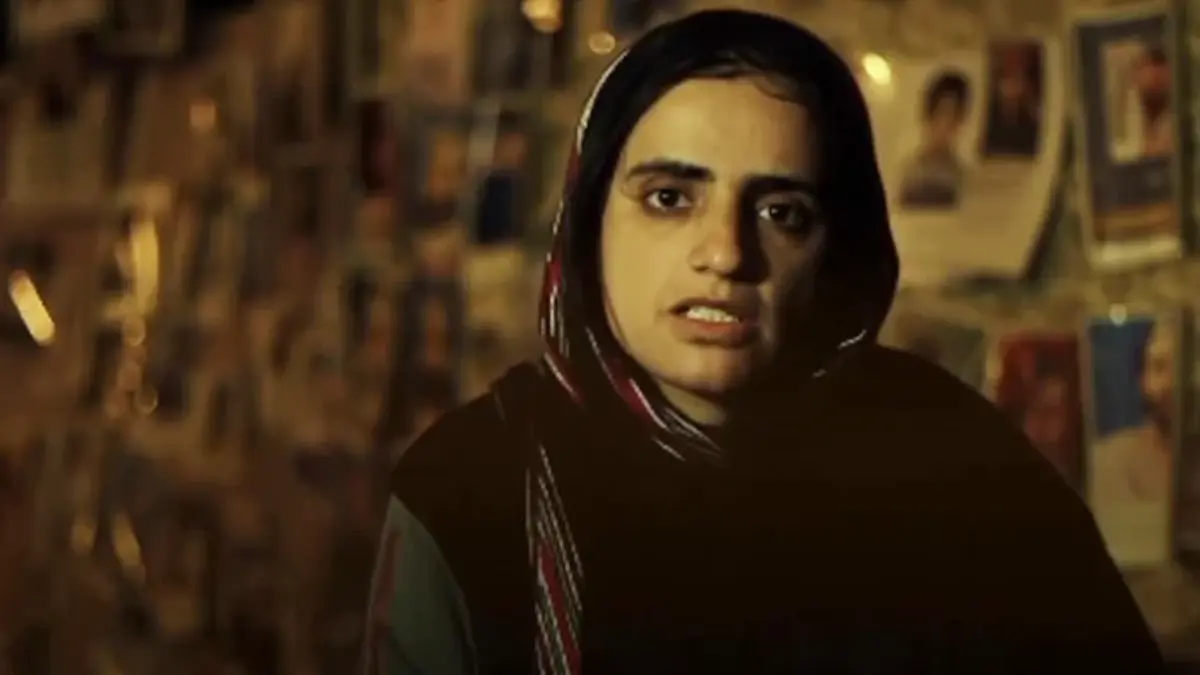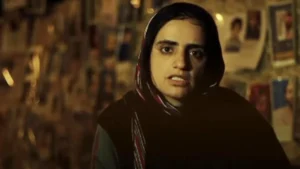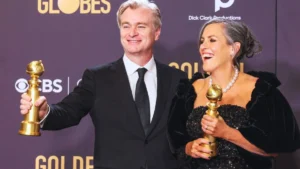In its second year, the mixed Australian Open experiment brings the country’s most important championship to the edge of inner-city Sydney at The Australian and The Lakes Golf Clubs.
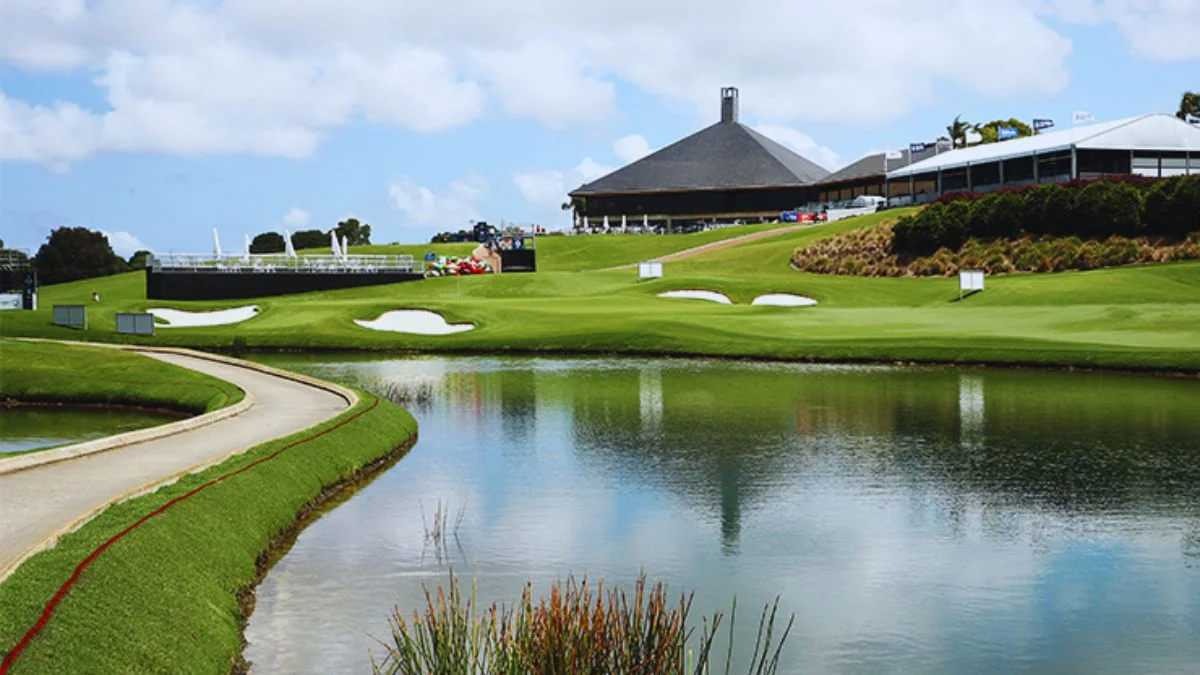
Competitors experience a significantly different playing environment with it. In Melbourne, Kingston Heath and Victoria share almost identical design philosophies, unsurprisingly influenced greatly by Alister MacKenzie. The bunkers, strategic philosophy, and local sand allowing firmer greens all look the same, and the fairway grass is indistinguishable.
This week presents an interesting contrast, and it would be challenging to find two courses so close together that look and play so differently.
The fairways at The Australian boast pristine couch grass, while at The Lakes, they consist entirely of kikuyu, a grass that gained a negative reputation in the 1970s for being a challenging surface for golf.
Now, with modern chemicals and improved management, kikuyu has become a much finer grass. Aside from fescue, it’s challenging to imagine a better surface for playing iron shots. However, it does result in more one-dimensional chipping around the greens, and it poses challenges if you want to run the ball onto a green.
Of course, the only time the men will want the ball to run on to a green this week is on the par-5s. Regardless of the surface, the modern pro (almost all post-Peter Thomson) rarely chooses to run an iron shot onto the green when flying it all the way there is the alternative.
For example, the second hole at The Lakes is a lengthy par-4 (420 meters uphill) for the men. It’s so long that my boss this week, Elvis Smylie, had to hit an 8-iron to the green in the practice round. However, the women play off the same tee, and it’s considered a par-5 for them.
The common attack for the women is likely to involve running the ball in from the left, providing more interesting observation than seeing high-flying 8-irons land in the middle of the green.
Spectators could benefit from watching Minjee Lee on the day she plays The Lakes. Observing how one of the best handful of players in the women’s game tackles the second, 13th, and 14th holes alone will make it worthwhile. Except perhaps the 13th, it will be much more interesting than watching her brother play the same. This isn’t to say that watching Min Woo Lee play golf is dull—far from it.
The bunkers, too, show striking differences both in appearance and sand type. At The Australian, following the style of Muirfield Village (likely Jack Nicklaus’ finest course) and Augusta National, the sand is imported and pure white, creating a remarkable contrast with the green fairways.
The bunkers at The Lakes intentionally have a more rugged and less perfect appearance, with sand in a natural color found if you dig a hole in the ground. The fairway mowing lines also differ significantly. At The Australian, they are more ordered and prescriptive, whereas at The Lakes, there is more short grass and less organized rough.
I’m not sure which the players prefer – or if they even notice – but if you do notice you’ll tend to like one or the other but not both.
The fascinating history of the two courses includes a notable influence from MacKenzie at the original Australian. In the 1970s, seismic changes affected both courses.
In the early 1970s, the new city-to-airport freeway sliced The Lakes in half, prompting Bruce Devlin and Robert von Hagge to construct an entirely new course for the members. This course differs significantly from the one where Devlin lost the 1964 Open to Jack Nicklaus. In that version, the 18th hole was the current 14th in reverse, and the first hole played backward up what is now the 13th fairway.
Five years after the opening of the new Lakes, Jack Nicklaus redesigned The Australian, transforming courses that, from old photos, appeared quite similar into ones that now look quite different. Initially, the original Australian was nearly treeless, a fact that may be hard to imagine when you see it today.
In a little over a month, Gil Hanse will commence his redesign of Royal Sydney, promising a seismic alteration akin to Nicklaus’ transformation at The Australian. The comparison between the top three courses near the city (excluding New South Wales GC, which is farther out) will undoubtedly spark much interesting discussion.
Regarding the golf, the Lee siblings are clearly the favorites. However, the men’s field, much like last week in Brisbane, is one of the best we’ve seen here in a long time. The presence of a noticeably stronger contingent from Europe adds to the excitement, and all our best players (with the exception of Jason Day) are participating.
One player we’ve missed is Aaron Baddeley, who hasn’t played here enough. However, it’s always enjoyable to watch him play. Can it really be a year shy of a quarter of a century since he won at Royal Sydney?
Flying under the radar is the young American Nick Hardy. Not only does he have an Australian partner (Elizabeth Elmassian) and an Australian coach in Gary Barter, but he is also a member at Crystal Downs in Michigan, the least known among MacKenzie’s very best courses.
He clinched victory in the pairs tournament in New Orleans this year and narrowly missed the top 50 on the money list. He’s teeing off early at The Australian with Michael Hendry, the Victorian Open champion, and Dane Soren Kjeldsen.
Not many will be following them (excluding family, caddies, scores, divot fillers, and bunker rakers), making it an even better reason to watch more than a hole or two. There’s a fair chance Hardy will be in the midst of it on Sunday afternoon.




